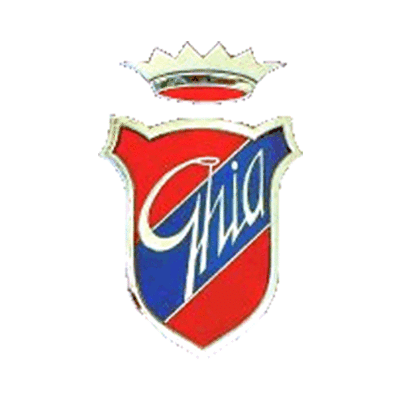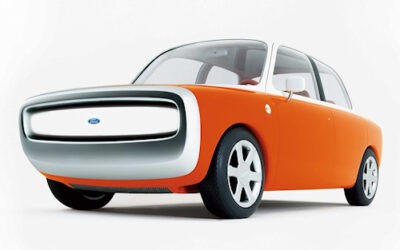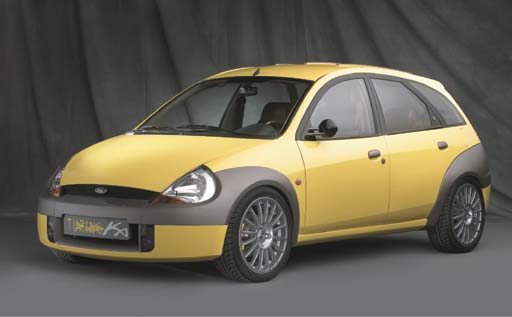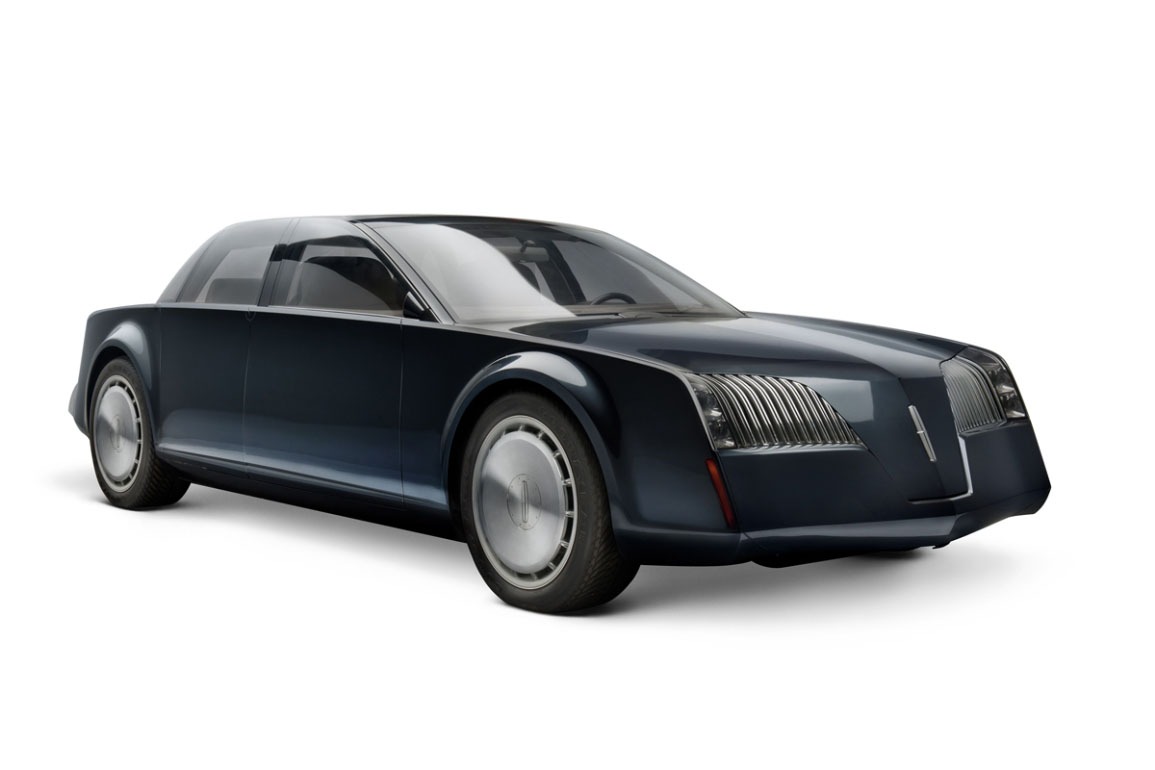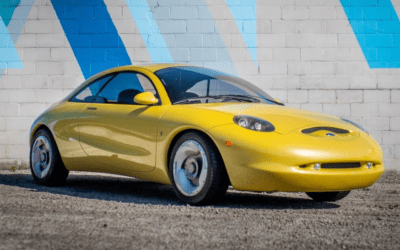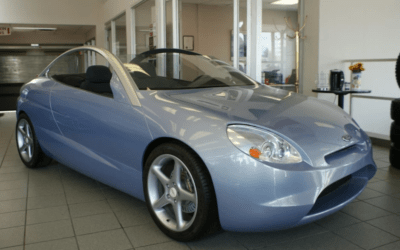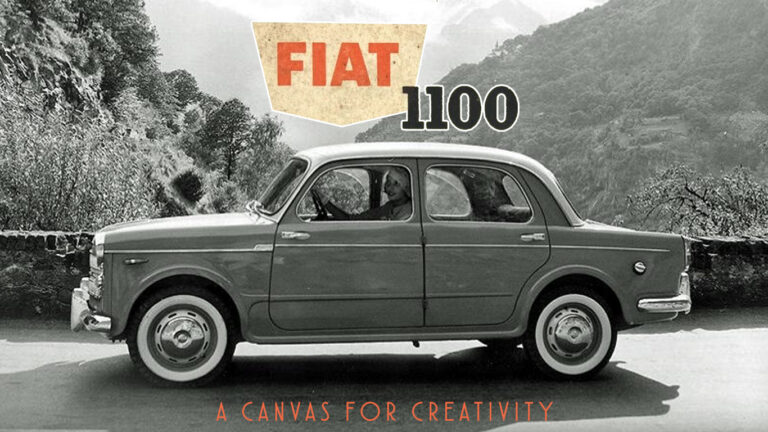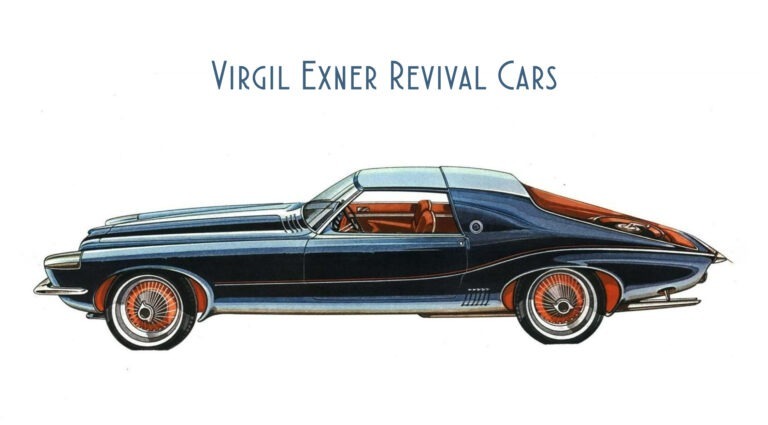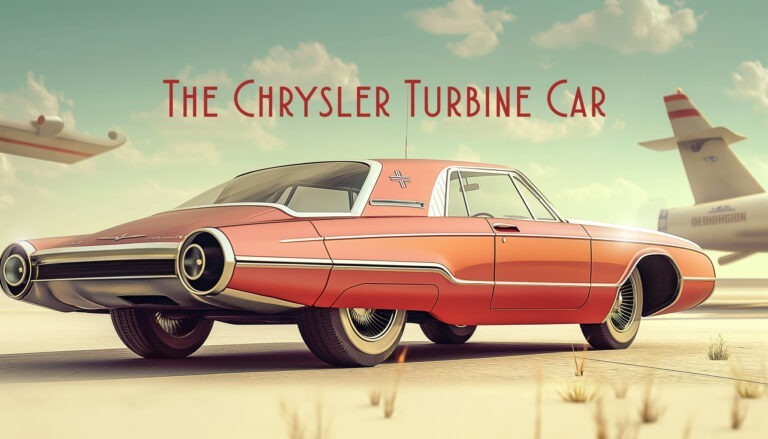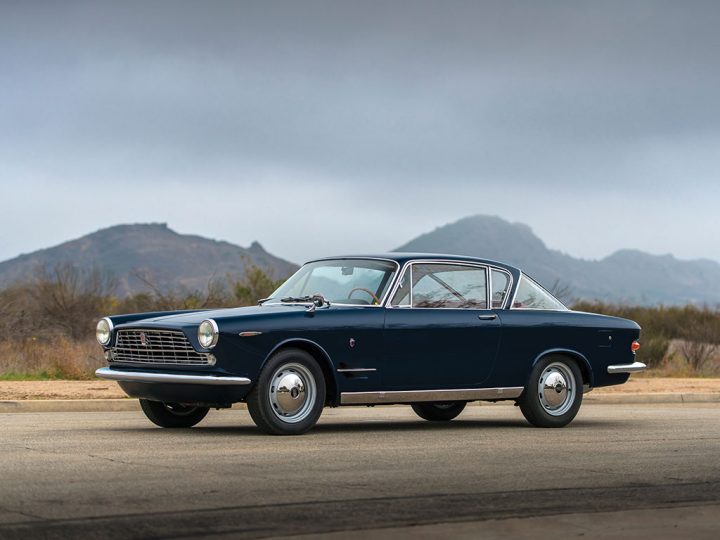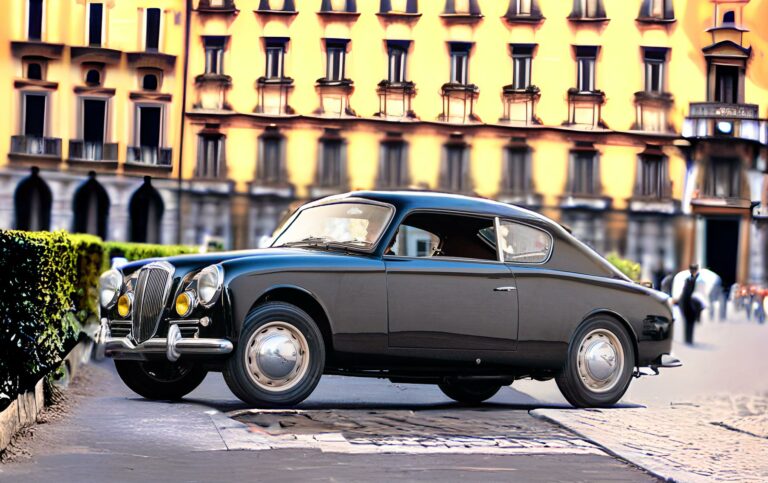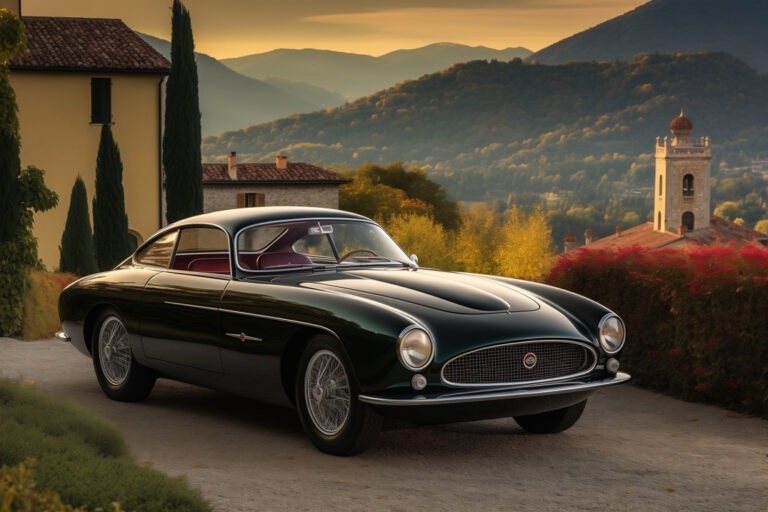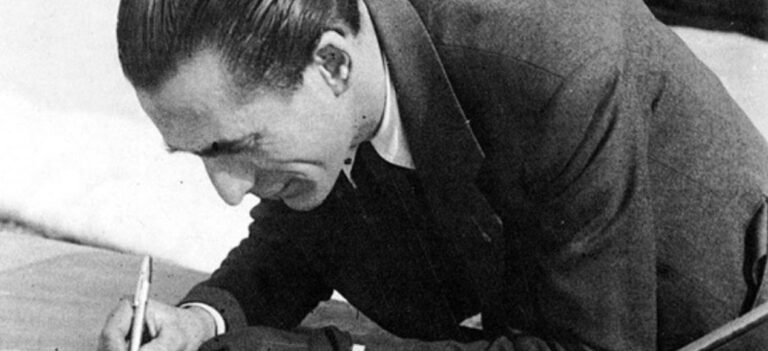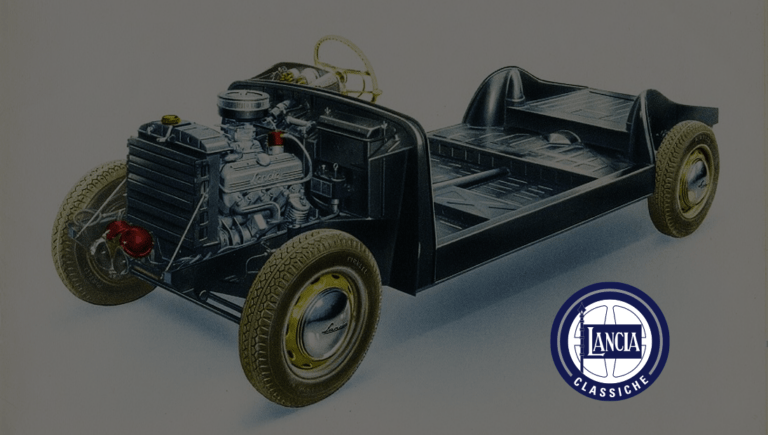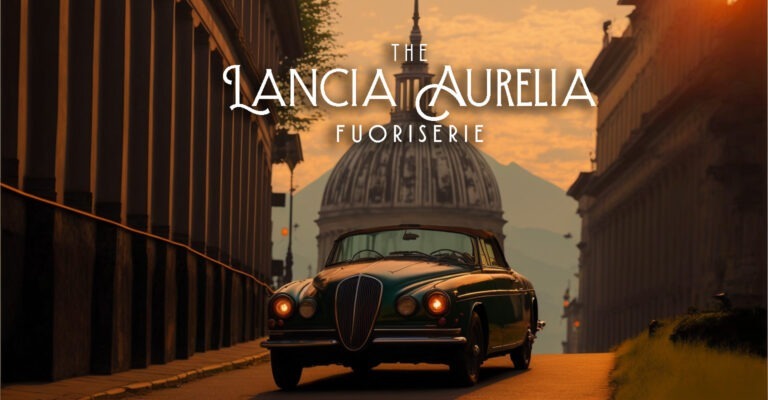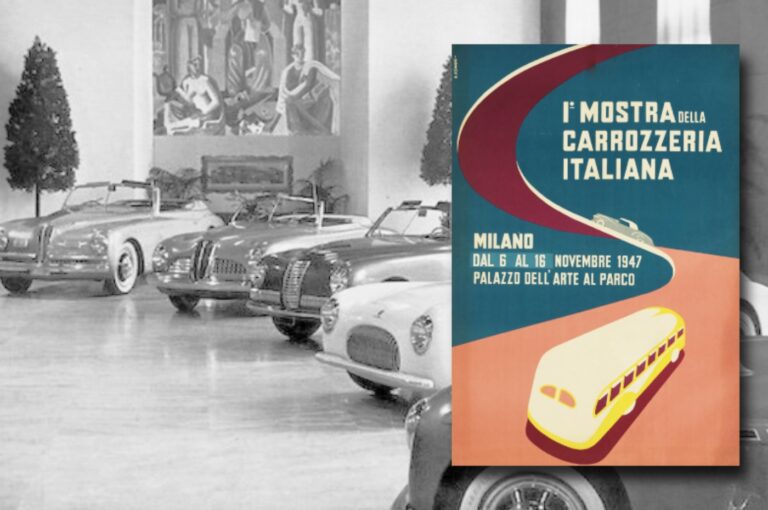Ghia

7
- 1928 C d'E Torino
- 1959 Pebble Beach
- 2021 Classic Gala
- 1949 Villa d'Este
- 1947 C d'E Torino
- 1947 C d'E Monte Carlo
- 1954 C d’E Cannes

26
- 1929 Villa d'Este
- 1949 Villa d'Este
- 1949 C d'E Stresa
- 1950 C d'E Venezia
- 1938 San Remo
- 2022 Pebble Beach
- 1935 C d'E Torino
- 1951 C d'E Roma
- 1949 C d'E Roma
- 2001 Villa d'Este
- 2019 Pebble Beach
- 1947 Villa d'Este
- 1932 Villa d'Este
- 1947 C d'E Monte Carlo
- 1947 C d'E Roma
- 1947 C d'E Torino
- 1947 San Remo
- 1938 C d'E Torino
- 1955 C d'E Campione d'Italia
- 1950 C d'E Roma
- 2008 C d’E Torino
- 2015 Pebble Beach
- 1954 C d’E Cannes
- 2011 Pebble Beach
- 2012 Villa d'Este
- 1954 C d'E Campione d'Italia

6
- 1948 C d'E Monte Carlo
- 2019 Pebble Beach
- 1947 San Remo
- 1950 C d'E Venezia
- 1952 C d'E Roma
- 2022 Pebble Beach

1
- 2016 Amelia Island


